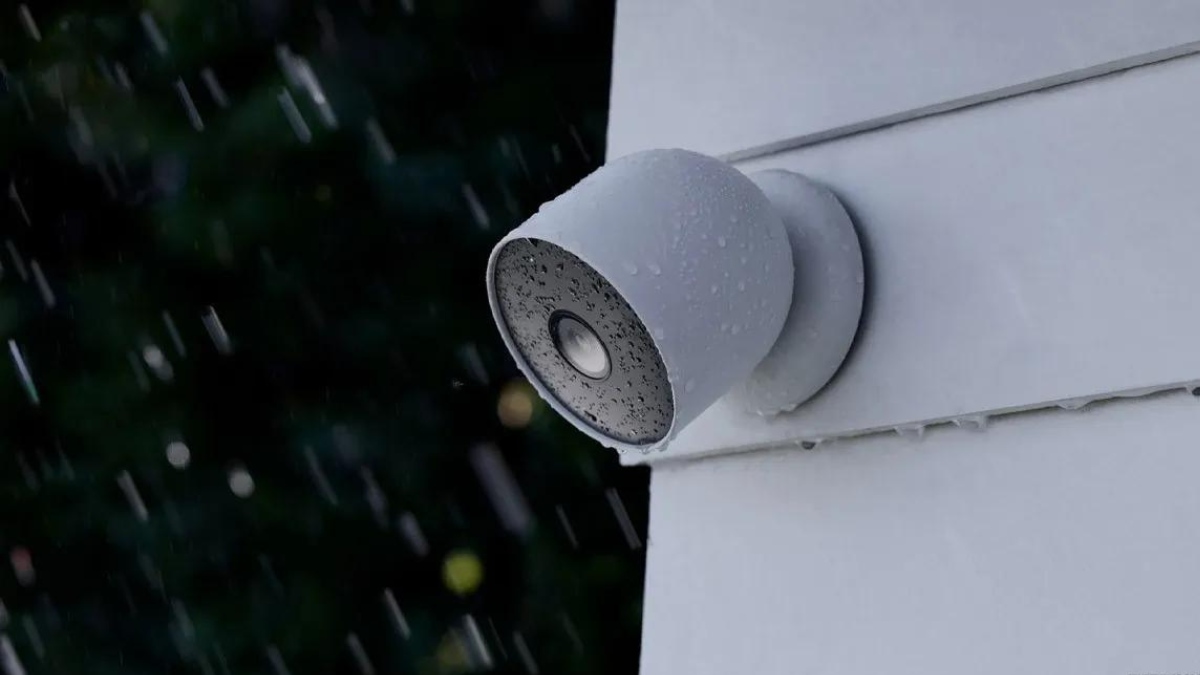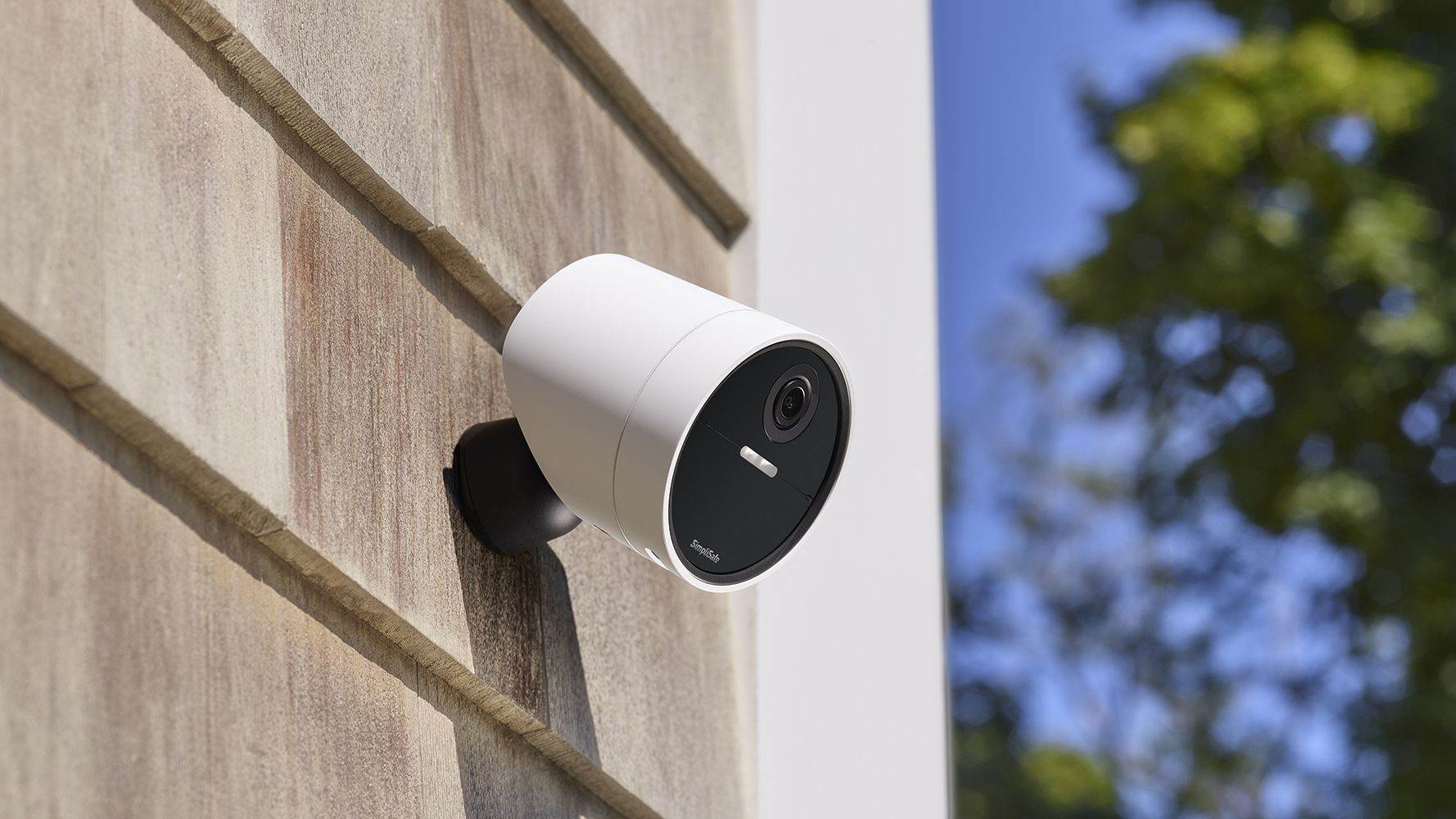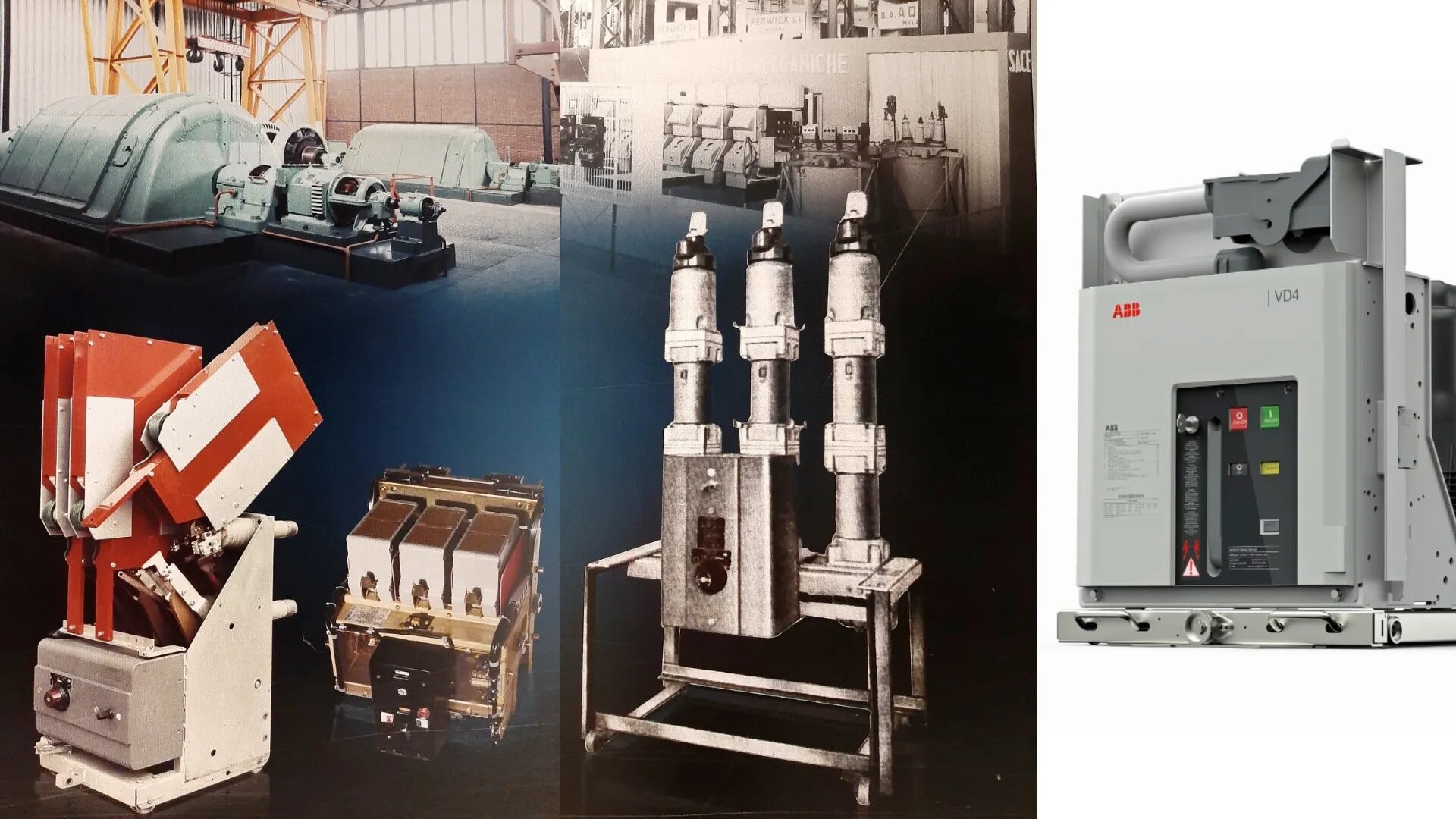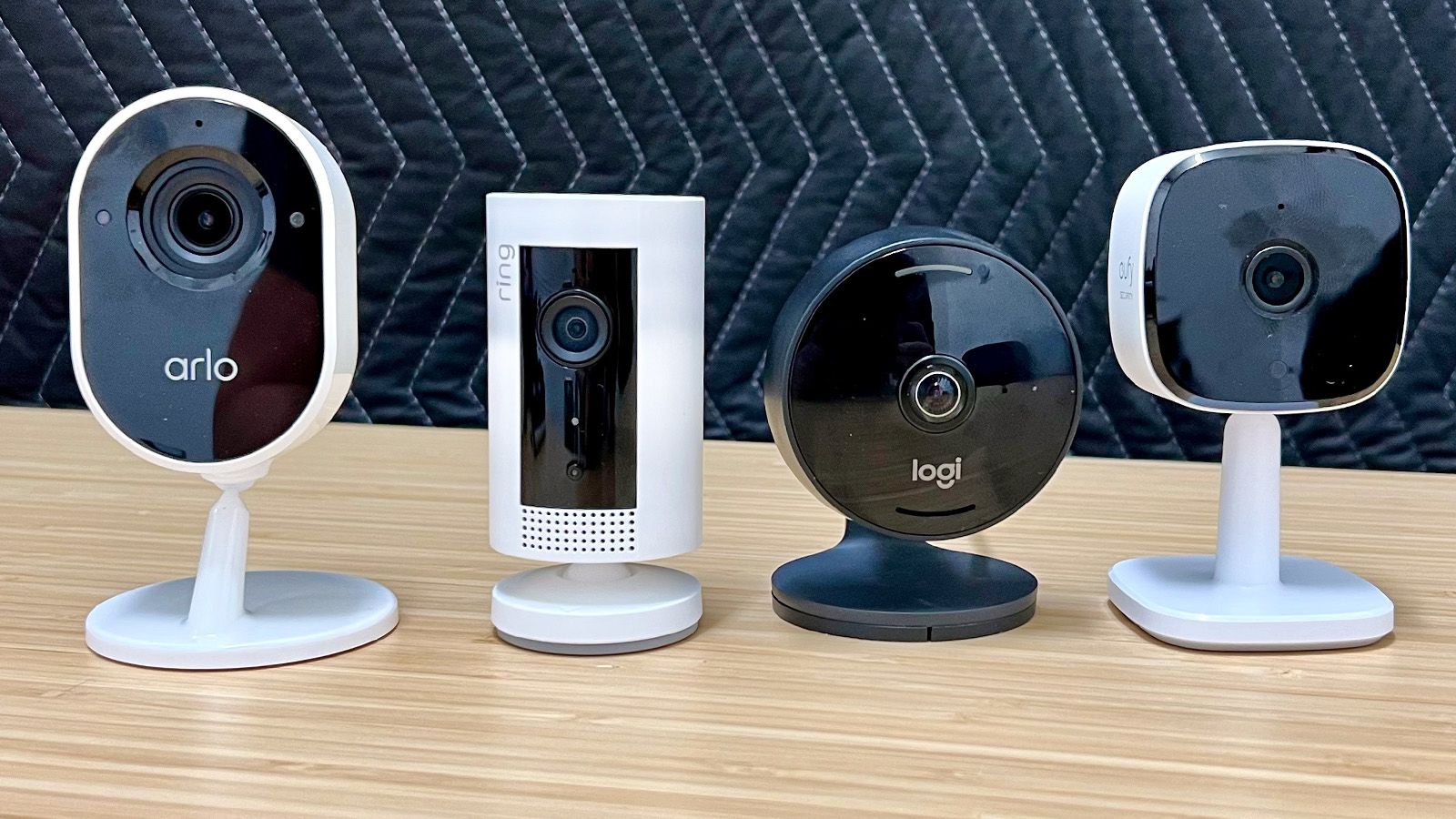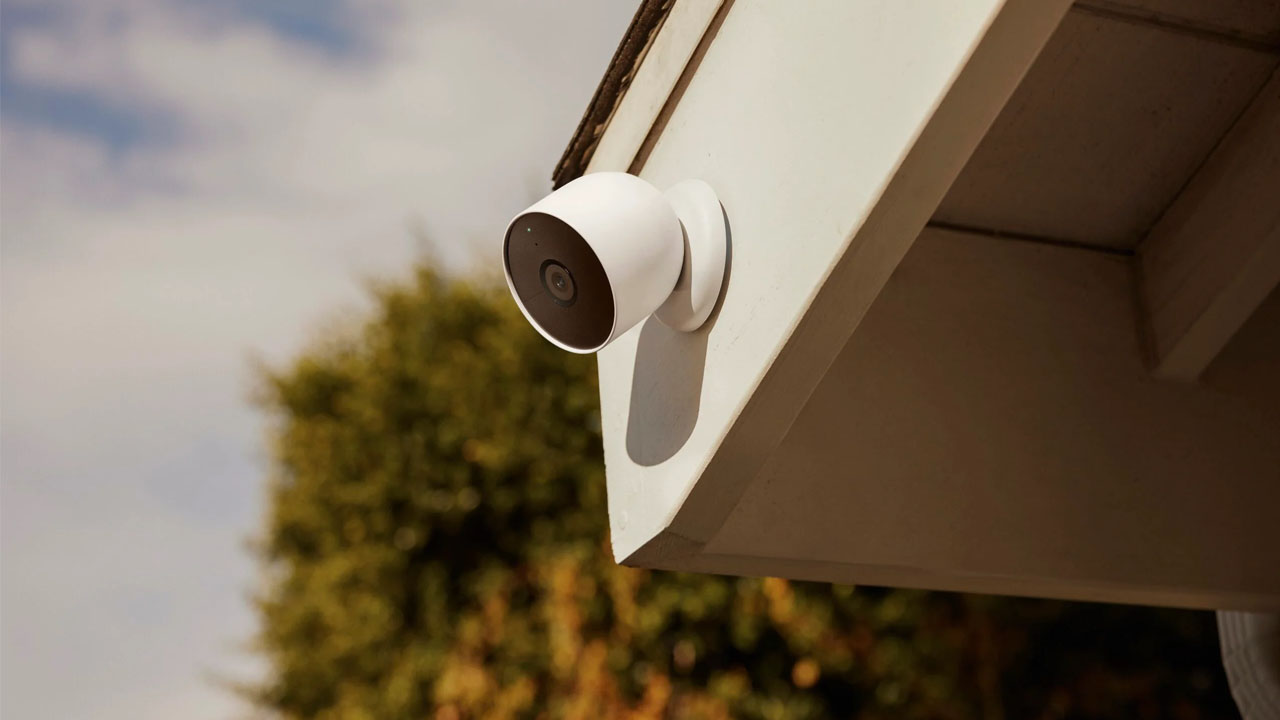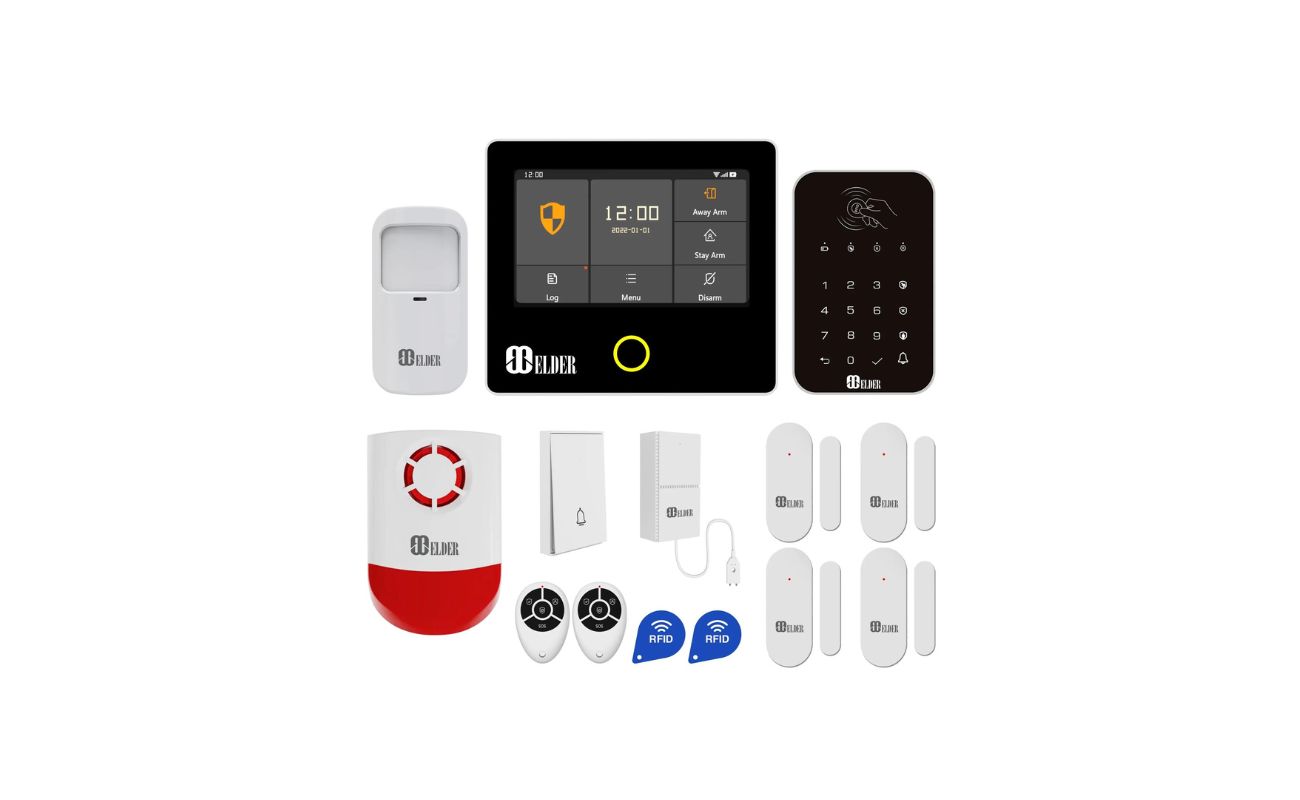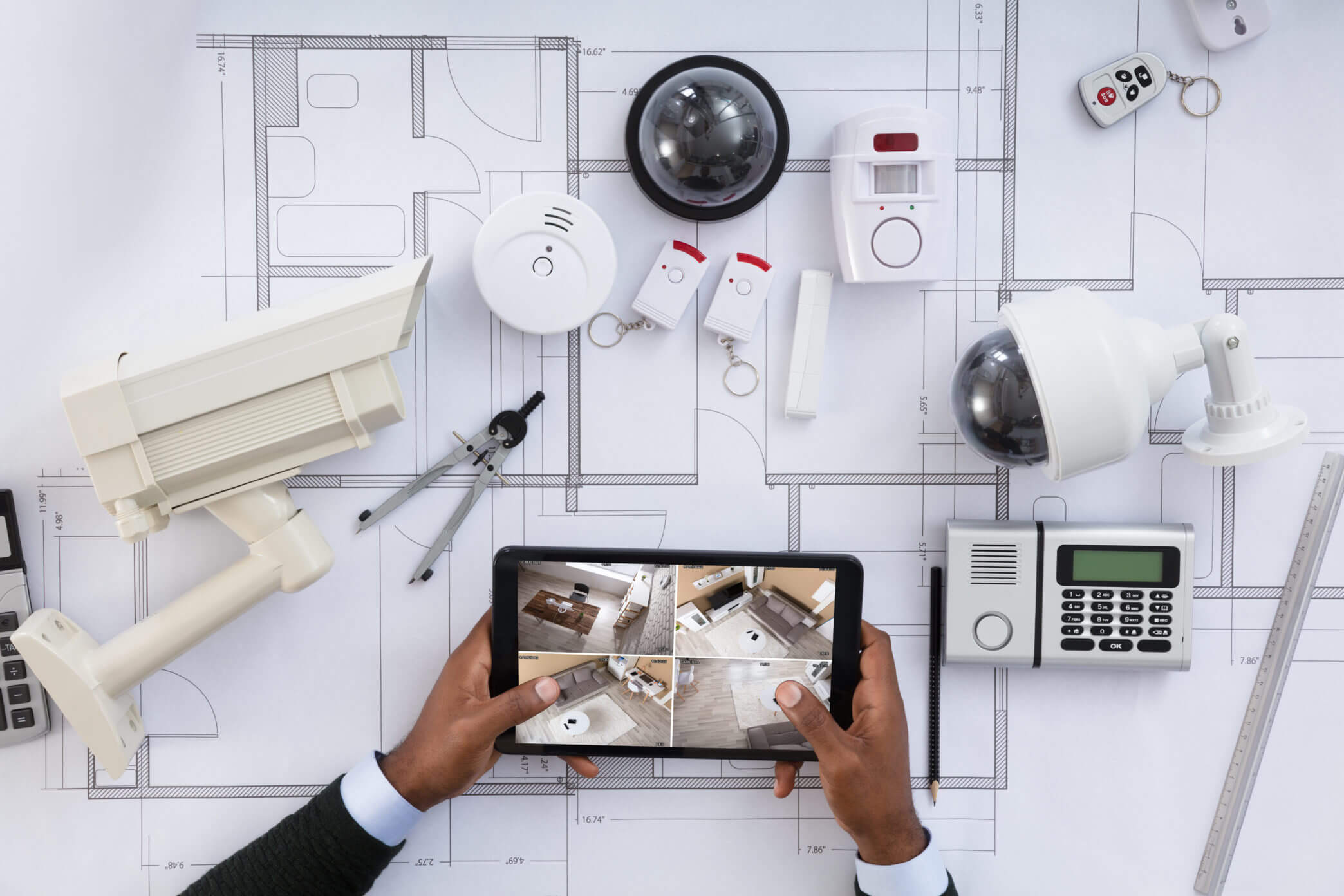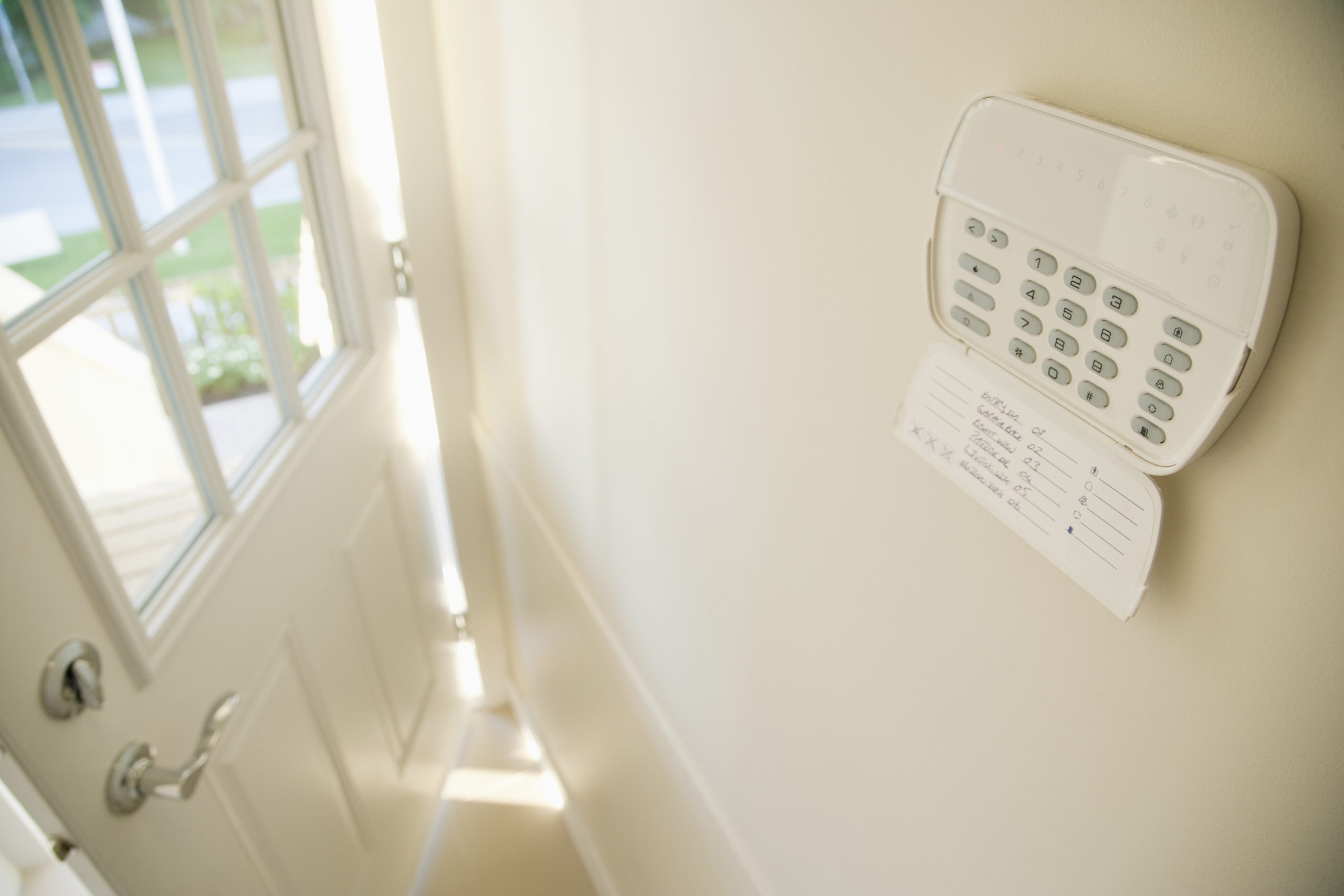Home>Home Security and Surveillance>Where Were Home Security Systems First Made


Home Security and Surveillance
Where Were Home Security Systems First Made
Modified: March 6, 2024
Discover the origins of home security and surveillance systems, and their first creation. Explore the evolution of these essential technologies.
(Many of the links in this article redirect to a specific reviewed product. Your purchase of these products through affiliate links helps to generate commission for Storables.com, at no extra cost. Learn more)
Introduction
Welcome to the world of home security and surveillance systems, where modern technology meets the need for safety and peace of mind. In today’s society, homeowners prioritize the protection of their property and loved ones, making home security systems an essential component of any household.
But have you ever wondered how home security systems came to be? Who were the pioneers behind this industry? In this article, we will delve into the fascinating history of home security systems, exploring their early innovations, the first companies in the field, and the impact they have had on our lives.
Home security systems have come a long way since their inception, and understanding their evolution can help us better appreciate the sophisticated systems available today. So, let’s embark on a journey to discover the origins of home security systems and how they have evolved over time.
Key Takeaways:
- Home security systems have a rich history dating back to ancient times, evolving from basic mechanical devices to today’s sophisticated interconnected networks, providing safety and peace of mind for homeowners.
- Pioneering companies like ADT and Brink’s laid the foundation for the modern home security industry, emphasizing professional monitoring, reliable equipment, and continuous innovation to meet the changing needs of homeowners.
Read more: When Was The First Air Conditioner Made
History of Home Security Systems
The history of home security systems can be traced back to ancient times when humans began using various methods to protect their homes and possessions. In ancient civilizations, individuals would employ guards, animals, or even simple mechanical devices to alert them of potential threats.
However, it wasn’t until the late 19th century that the concept of modern home security systems began to take shape. In 1853, Augustus Russell Pope, an American architect, and inventor, patented an electromagnetic alarm system that could detect unauthorized entry into buildings. This groundbreaking invention paved the way for the development of more sophisticated security systems in the years to come.
As technology continued to advance, so did the capabilities of home security systems. In the early 20th century, the invention of the telephone presented new opportunities for homeowners to connect their security systems with law enforcement. Companies such as Western Union and American District Telegraph (ADT) started offering remote monitoring services, allowing homeowners to receive alerts and dispatch help in case of a break-in.
With the advent of electricity, home security systems took another leap forward. In the 1920s, companies began integrating electric alarm systems that used closed-loop circuits to detect intrusions. These systems relied on the interruption of an electrical current to trigger an alarm, alerting homeowners and authorities to the presence of an intruder.
The 1970s and 1980s brought significant advancements in home security technology. The development of microprocessors and digital circuitry allowed for more complex and versatile systems. Motion sensors, surveillance cameras, and centralized control panels became common features of modern home security systems.
As the internet became widespread in the 1990s, the concept of home automation emerged. Homeowners could now remotely control their security systems, monitor surveillance cameras, and receive real-time notifications through their computers or mobile devices.
Today, home security systems have evolved into highly sophisticated and interconnected networks. Advanced features such as biometric identification, smart locks, and voice control have become standard options. Additionally, the integration of artificial intelligence and machine learning has enhanced the capabilities of these systems, making them more efficient and effective at preventing and detecting intrusions.
The journey from simple mechanical devices to the technologically advanced systems we have today reflects society’s ongoing commitment to safety and security. Home security systems continue to adapt and evolve to meet the growing demands and challenges of an ever-changing world.
Early Innovations in Home Security
In the early days of home security, the focus was primarily on alerting homeowners of potential intrusions. As technology advanced, new innovations emerged to enhance the effectiveness of home security systems.
One significant early innovation was the development of the closed-circuit television (CCTV) system. In the 1940s, German engineer Walter Bruch invented the first CCTV system, which used a camera connected to a television monitor. This invention revolutionized surveillance and allowed homeowners to monitor their property in real-time, providing an extra layer of security.
In the 1960s, the development of motion sensors brought a new level of sophistication to home security systems. These sensors could detect movement within a designated area, prompting an alarm or activating surveillance cameras. The introduction of motion sensors greatly improved the effectiveness of home security, as they could detect not only unauthorized entry but also suspicious activity within the premises.
Another crucial innovation was the use of keyless entry systems. Rather than relying on traditional locks and keys, these systems utilized electronic keypads or proximity cards to grant access to the property. Not only did this eliminate the risk of lost or stolen keys, but it also allowed homeowners to easily grant temporary access to service providers or guests.
In the late 20th century, wireless technology brought significant advancements to home security systems. Wireless sensors and cameras eliminated the need for cumbersome wiring, making installation and maintenance more convenient. Additionally, wireless systems were less susceptible to tampering, as potential intruders could not easily disable them by cutting incoming wires.
Integration with home automation systems was another notable innovation. Smart home technology allowed homeowners to control various aspects of their security systems, such as arming or disarming alarms, adjusting surveillance camera angles, or receiving notifications remotely via smartphones or voice assistants.
With the rise of the Internet of Things (IoT), the interconnectivity of devices has taken home security to a whole new level. Homeowners can now access and control their security systems from anywhere in the world, thanks to cloud-based platforms that store and transmit data securely. This level of connectivity and accessibility has transformed the way we approach home security.
As technology continues to advance, we can expect further innovations in home security. From facial recognition technology to AI-powered threat detection systems, the future promises even greater convenience, efficiency, and effectiveness in protecting our homes and loved ones.
The first home security systems were developed in the early 20th century in the United States, with the invention of the first electric alarm system by Augustus Russell Pope in 1853.
First Home Security Companies
As home security systems gained popularity, several pioneering companies emerged, leading the way in providing professional installation, monitoring, and support services to homeowners. These companies played a crucial role in shaping the modern home security industry.
One of the first and most well-known home security companies is American District Telegraph, or ADT. Established in 1874, ADT began as a telegraph delivery company before transitioning into the business of security. ADT pioneered the concept of remote monitoring services, allowing homeowners to connect their alarm systems directly to the ADT monitoring center. This partnership provided homeowners with peace of mind knowing that trained professionals were keeping an eye on their property 24/7.
Another notable early player in the home security industry is Brink’s Home Security, founded in 1859. Originally known for its armored transportation services, Brink’s expanded its operations to include residential security systems in the 1980s. Brink’s Home Security offered a range of services, including installation of alarm systems, surveillance cameras, and remote monitoring. The company also introduced the concept of a central monitoring station to ensure immediate response in case of emergencies.
In addition to ADT and Brink’s, many other companies entered the home security market. Protection One, founded in 1988, became one of the largest providers of residential and commercial security systems. The company offered comprehensive security solutions, including alarm systems, video surveillance, and access control.
Over the years, more specialized home security companies emerged, catering to specific needs and preferences. For example, Frontpoint Security, founded in 2007, focused on self-installed, wireless security systems. SimpliSafe, established in 2006, made a name for itself by offering DIY security systems that could be easily customized and expanded by homeowners.
As the industry continued to evolve, traditional telecommunication companies also entered the home security market. Known for their expertise in connectivity, companies such as Comcast, AT&T, and Verizon began offering integrated home security solutions, combining their telecommunications services with security features.
Today, the home security industry is vast and diverse, with numerous companies competing to provide the best products and services. From established industry giants to innovative startups, homeowners have a wide range of options to choose from when it comes to securing their homes.
These first home security companies laid the foundation for what the industry is today, emphasizing the importance of professional monitoring, reliable equipment, and exceptional customer service. They paved the way for the continuous innovation and advancements in home security technology that we benefit from today.
Impact and Evolution of Home Security Systems
The impact of home security systems on our lives cannot be understated. These systems provide homeowners with a sense of safety, peace of mind, and a deterrent to potential threats. As technology has advanced, home security systems have evolved to become more effective, convenient, and interconnected.
One of the most significant impacts of home security systems is their role in crime prevention. Studies have shown that visible security systems, such as alarms and surveillance cameras, act as a deterrent to would-be criminals. The presence of a security system can discourage burglars from targeting a home, as they are more likely to seek out easier targets. This has contributed to a decrease in property crimes and an overall increase in community safety.
Home security systems have also had a positive impact on emergency response. With professionally monitored systems, alarm triggers are immediately relayed to a monitoring center, where trained professionals can assess the situation and take appropriate action. This rapid response can help minimize the damage caused by intrusions, fires, or medical emergencies.
The evolution of home security systems has also introduced convenient features that enhance our daily lives. Integration with home automation technology allows homeowners to control their security systems remotely using smartphones or voice assistants. Whether it’s arming or disarming alarms, adjusting surveillance camera angles, or receiving real-time notifications, the convenience provided by these systems has streamlined our daily routines.
Furthermore, the advances in wireless technology have made home security systems more accessible and adaptable. Wireless sensors and cameras eliminate the need for complex wiring installation, making it easier for homeowners to set up and expand their security networks. Wireless systems also offer flexibility, allowing homeowners to easily relocate sensors or cameras as needed without disrupting the aesthetics of their homes.
Another significant evolution in home security systems is the integration of smart technology. With the emergence of smart home devices, homeowners can now seamlessly integrate their security systems with other smart devices, such as door locks, lights, and thermostats. This level of integration enhances the overall security and convenience of the home, providing a comprehensive ecosystem of interconnected devices.
Artificial intelligence (AI) and machine learning have also made their mark on home security systems. These technologies have enhanced the capabilities of security systems by analyzing patterns, learning from user behavior, and detecting anomalies. AI-powered cameras can identify familiar faces, minimizing false alarms, while machine learning algorithms can adapt to changes in the environment and improve overall system accuracy.
As technology continues to advance, the future of home security systems holds even more promise. Innovations such as facial recognition, biometric authentication, and advanced sensors are expected to further enhance security and convenience. Additionally, the integration of smart home devices and voice control is becoming more seamless, allowing homeowners to have complete control and real-time access to their security systems.
The evolution of home security systems has empowered homeowners to take proactive steps in safeguarding their homes and loved ones. By combining the latest technology with professional monitoring services, these systems provide a comprehensive solution that offers both security and peace of mind.
Conclusion
The evolution of home security systems has come a long way since the early days of basic mechanical devices and simple alarms. Today, these systems have become a vital component of modern homes, providing homeowners with a sense of safety, peace of mind, and convenience.
From the early innovations of electromechanical alarm systems to the integration of wireless technology, home security systems have continuously adapted and evolved to meet the changing needs of homeowners. The pioneering efforts of companies like ADT and Brink’s have laid the groundwork for the industry, emphasizing the importance of professional monitoring and reliable equipment.
The impact of home security systems is evident in crime prevention, as their presence serves as a deterrent to potential intruders. Moreover, these systems have improved emergency response times, minimizing the damage caused by burglaries, fires, or medical emergencies.
The convenience provided by home security systems cannot be overlooked. With the advent of home automation and smart technologies, homeowners can now easily control their security systems remotely and integrate them with other devices in their homes. This level of interconnectedness has streamlined daily routines and made homes more efficient and secure.
Looking ahead, we can expect home security systems to continue evolving with more advanced features and capabilities. The integration of artificial intelligence and machine learning will further enhance system accuracy and efficiency, while biometric authentication and facial recognition technologies will provide an added layer of security.
Overall, home security systems have become an essential aspect of our lives, empowering us to protect our homes and loved ones. As technology continues to advance, these systems will play an increasingly significant role in ensuring safety and peace of mind for homeowners around the world.
So, whether you are considering implementing a new home security system or upgrading your existing one, embrace the possibilities that modern technology offers. Invest in a system that meets your needs, integrates seamlessly with your lifestyle, and provides you with the peace of mind you deserve.
Frequently Asked Questions about Where Were Home Security Systems First Made
Was this page helpful?
At Storables.com, we guarantee accurate and reliable information. Our content, validated by Expert Board Contributors, is crafted following stringent Editorial Policies. We're committed to providing you with well-researched, expert-backed insights for all your informational needs.
